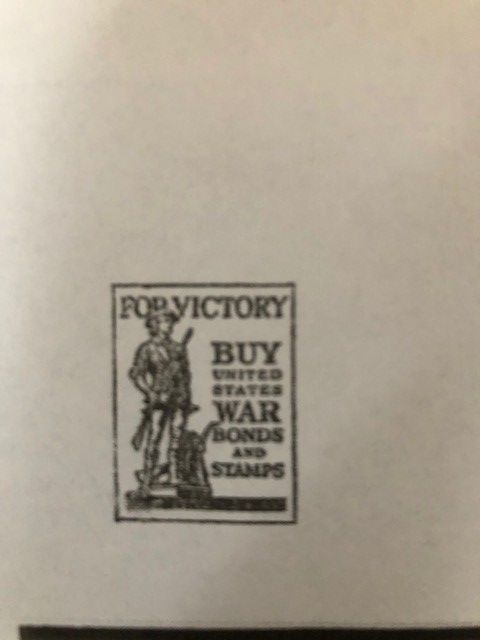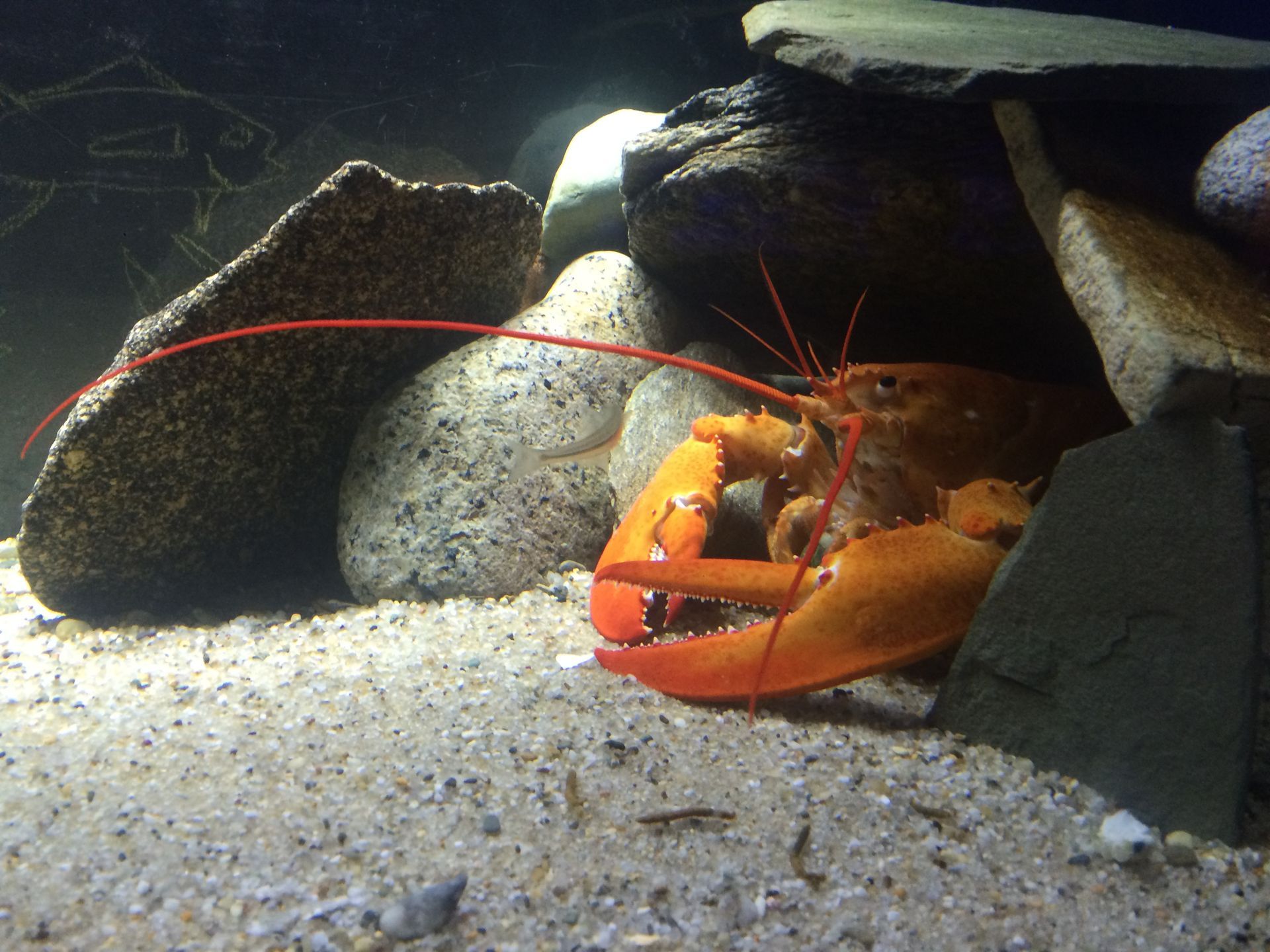MMA Astronomy Intern Wins Prestigious Chambliss Astronomy Achievement Award
NANTUCKET, MA—The Nantucket Maria Mitchell Association (MMA) congratulates summer 2022 National Science Foundation Research Experiences for Undergraduates (NSF-REU) intern, Anavi Uppal, on winning a prestigious Chambliss Astronomy Achievement Student Award at the winter American Astronomical Society (AAS) meeting in Seattle, WA that took place January 8-12, 2023.
At this 241st meeting of the AAS, Uppal presented her summer research on a poster entitled, “Using Astrometric Jitter to Find Recoiling AGN Candidates in Optical Imaging Survey Data." This research represents an important step in preparing for the building of the new Vera C. Rubin Observatory, which will begin its large Legacy Survey of Space and Time (LSST) and perform deep observations of the southern sky for the next decade. “I created a new, quicker way to identify recoiling AGNs, which are supermassive black holes that have been launched out of the center of their galaxies. Previously, less than a dozen of these objects have been found, and studying more of them will help us understand how galaxies and black holes co-evolve,” Uppal said, describing her research work.
Uppal was mentored by the MMA Affiliated Astronomer, Dr. Suvi Gezari and Director of Astronomy, Dr. Regina Jorgenson. Typically, approximately 350-400 students participate in the Chambliss Award competition, and this year there were eleven undergraduate Chambliss Medal recipients. “It was a pleasure to work with Anavi this past summer and I could not be more delighted that her innovative work was honored by the AAS in this incredible way. I’m happy to report that Anavi has been continuing her research with me and we are preparing for an observing run at the Keck Observatory in Hawai’i in June to follow up some of her exciting recoiling supermassive black hole candidates,” Gezari said.
Uppal is currently a junior at Yale University where she is majoring in Astrophysics with a minor in Computer Programming. She will be participating in the University of Hawai’i REU program this coming summer and will be applying to graduate astrophysics Ph.D. programs in the fall.
Of her experience with the MMA Uppal said, “Going to the AAS conference was incredible! I met so many great scientists and heard about fascinating new research. I’m grateful to the MMA NSF-REU program for an incredibly fun summer research experience and invaluable career guidance.”
The MMA NSF-REU interns have won the prestigious Chambliss Award in each of the past five AAS winter meetings, a testament to quality of the MMA’s astronomy internship program. Approximately 90% of MMA astronomy interns have gone on to astrophysics Ph.D. programs.
The MMA, via its Maria Mitchell Vestal Street Observatory, operates the NSF-REU program each summer and has done so for decades. The program is funded by a generous grant from the National Science Foundation. Six students are selected out of a pool of approximately 300 undergraduate student applicants from around the United States. The NSF-REU interns come to Nantucket for ten to twelve weeks during the summer to participate in astrophysics research projects. While on Nantucket, the NSF-REU interns also participate in the outreach efforts of the Observatory – primarily by hosting twice weekly Open Nights at the Loines Observatory.
The Maria Mitchell Association is a private non-profit organization. Founded in 1902, the MMA works to preserve the legacy of Nantucket native astronomer, naturalist, librarian, and educator, Maria Mitchell. The Maria Mitchell Association operates two observatories, a natural science museum, an aquarium, a research center, and preserves the historic birthplace of Maria Mitchell. A wide variety of science and history-related programming is offered throughout the year for people of all ages.
###
For Immediate Release
April 7, 2023
Contact: Logan Gomes, Director of Advancement
Recent Posts




